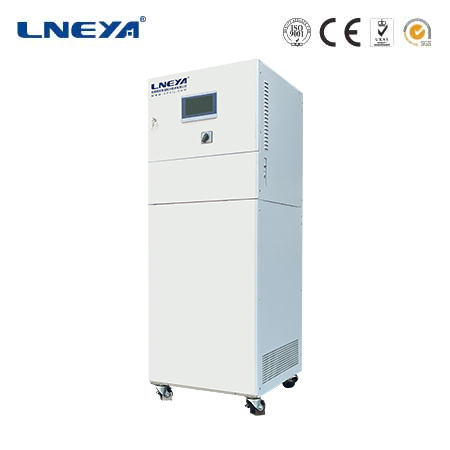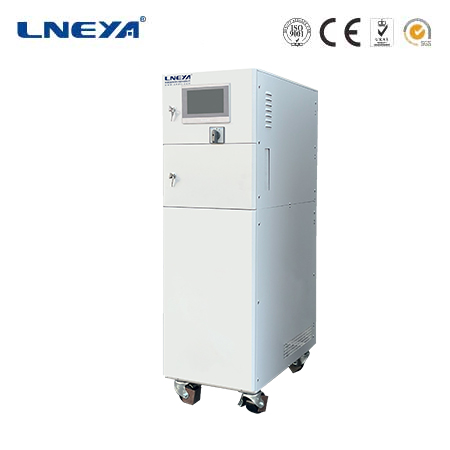temperature control plate
Temperature control plates, commonly known as thermal chucks, are essential components in industries where precise temperature management is critical. These plates are used to maintain a stable and controlled environment for processes such as semiconductor device testing, material characterization, and chemical reactions. They ensure that the temperature remains within a specific range, which is vital for the quality and reliability of the end product.

Working Principles of Temperature Control Plates:
Temperature control plates operate on the principle of heat transfer. They use electrical heating elements or cooling channels to regulate the temperature of a surface, which comes into contact with the material or device being temperature-controlled. The heating elements can rapidly change the temperature, while the cooling channels work to dissipate heat and maintain the desired temperature set point. Some advanced models also incorporate Peltier elements for efficient temperature control.
Components of Temperature Control Plates:
The main components of a temperature control plate include:
Heating or Cooling Elements: These could be electric heating wires, cooling channels, or Peltier elements that provide the necessary temperature control.

Temperature Sensors: These sensors monitor the temperature of the plate and provide feedback to the control system to maintain the desired temperature.
Control System: This system the operation of the heating or cooling elements based on the feedback from the temperature sensors. Advanced control systems like PID controllers can provide precise temperature regulation.
Vacuum System: In many temperature control plates, a vacuum system is used to secure the workpiece during the temperature control process.
Electrical Connections: These are used for biasing the workpiece and can include grounded, coaxial, and triaxial connections.
Applications of Temperature Control Plates:
Temperature control plates are used in a variety of applications, including:
Semiconductor Testing: They provide precise temperature control for probing and testing semiconductor wafers and devices.
Material Characterization: These plates are used to test the thermal properties of materials under controlled temperature conditions.

Chemical Reactions: In the chemical industry, temperature control plates are used to regulate the temperature of reactions, ensuring optimal conditions for the reaction to occur.
Biological Research: In laboratories, temperature control plates are used for applications such as cell culture incubation and PCR reactions.
Importance of Temperature Control Plates:
The importance of temperature control plates lies in their ability to provide a stable and controlled environment for sensitive processes. They ensure that temperature fluctuations do not affect the outcome of the process, which is critical in industries where temperature can significantly impact product quality and performance. For example, in semiconductor testing, temperature control plates ensure that the devices are tested under conditions that mimic real-world operating environments, allowing for accurate characterization of their performance.
Conclusion:
Temperature control plates are indispensable in industries where precise temperature management is critical. They provide a stable and controlled environment for a variety of processes, ensuring the quality and reliability of the end product. As technology continues to advance, temperature control plates will continue to play a vital role in ensuring the efficiency and effectiveness of temperature-sensitive processes.
Related recommendations
small chiller price
516Small Water-Cooled Chiller Systems: Efficiency and Cost Small water-cooled chiller systems are engineered to provide efficient cooling for a variety of applications, particularly where space is...
View detailsheating and cooling temperatures
472Introduction to Heating and Cooling TemperaturesMaintaining comfortable indoor temperatures is crucial for occupant well-being and energy efficiency in residential, commercial, and industrial sett...
View detailstest the temperature
297Introduction to Temperature TestingTemperature is a crucial physical parameter that affects countless processes and systems. Whether it's ensuring the proper functioning of industrial machinery, ...
View detailsWhat is the impact of the outlet temperature of the chilled water for a 100 ton chiller?
1028What is the impact of the outlet temperature of the chilled water for a 100 ton chiller? We often talk about the cooling capacity of a 100 ton chiller. In fact, the nominal cooling capa...
View details
 LNEYA Thermal Test Chillers
LNEYA Thermal Test Chillers






HelloPlease log in